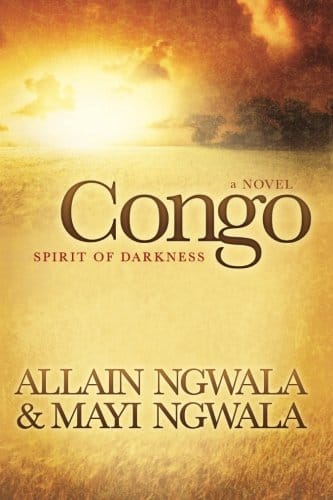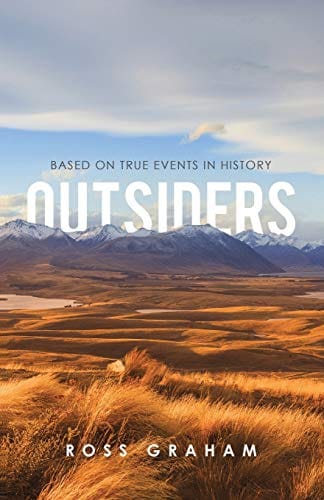Exploring the Congo: A Deep Dive Into Africa’s Green Heart
Discover the Congo’s geography, wildlife, culture, travel tips and conservation challenges in this concise guide to Africa’s green heart.

Introduction to the Congo
The Congo, often called the "green heart of Africa," refers to two neighboring nations: the Democratic Republic of the Congo (DRC) and the Republic of the Congo. Sharing the mighty Congo River and one of the world’s largest tropical rainforests, the region captivates travelers, scientists, and investors alike. This expansive basin shelters spectacular wildlife, rich cultures, and pivotal natural resources, making it a destination where adventure, discovery, and opportunity intersect.
Geography and Climate
Straddling the equator, the Congo Basin stretches across more than four million square kilometers, with dense jungles, winding waterways, and dramatic highlands. The climate is primarily equatorial, meaning high humidity and abundant rainfall year-round, punctuated by short dry spells. Temperatures hover between 20 °C and 30 °C, but conditions vary from steamy lowland forests to cool montane zones near the Albertine Rift. This constant warmth and moisture produce lush vegetation that continuously absorbs carbon, playing a vital role in regulating the global climate.
A Brief Historical Overview
Long before European explorers sailed up the Congo River in the fifteenth century, sophisticated kingdoms such as Kongo and Luba flourished, trading copper, salt, and ivory across Central Africa. Colonialism dramatically reshaped the region, first under King Leopold II’s brutal rule in the late 1800s and later under Belgian and French administrations. Independence arrived in 1960 for both countries, but post-colonial politics proved turbulent. From the era of Mobutu Sese Seko to the conflicts of the late 1990s, the DRC endured immense upheaval. Today, both Congos strive toward stability, investing in democratic institutions, regional partnerships, and sustainable development.
Unparalleled Biodiversity
The Congo rainforest is second only to the Amazon in size, harboring more than 10,000 plant species, 400 mammals, and 1,000 bird species. It is the sole home of bonobos, the elusive okapi, and nearly half the planet’s remaining mountain gorillas. In the Republic of the Congo, Odzala-Kokoua National Park offers rare sightings of forest elephants and lowland gorillas trudging through bais—mineral-rich forest clearings. Meanwhile, Virunga National Park in the DRC dazzles visitors with active volcanoes, lava lakes, and high-altitude bamboo forests alive with primates. Such biological richness has earned the basin multiple UNESCO World Heritage listings and global recognition as a conservation priority.
Culture and People
More than 200 ethnic groups inhabit the Congos, with Bantu peoples forming the majority. Lingala, KiKongo, Swahili, and Tshiluba join French as widely spoken tongues. Music and dance pulse at the heart of everyday life; Congolese rumba and soukous rhythms spill from bars in Kinshasa and Brazzaville, inviting locals and travelers to sway under neon lights. Artisans craft vibrant masks, wood carvings, and textiles, often infused with ancestral symbolism. Traditional dishes such as moambe chicken, saka-saka (cassava leaves), and fufu showcase local produce, while river fish like capitaine delight seafood lovers.
Travel Highlights and Practical Tips
Adventurous tourists flock to trek with gorillas in Virunga, paddle the Congo River between Brazzaville and Kinshasa, or bird-watch amid the wetlands of Lac Télé. For urban immersion, Kinshasa’s Marché Central bursts with colorful fabrics and produce, whereas Brazzaville’s architectural gems—like Basilique Sainte-Anne—reflect colonial art-deco flair. Travelers need a yellow-fever vaccination certificate and visas before arrival. Domestic flights connect major cities, but ferries and overland routes remain challenging during rainy months. Hiring local guides not only enhances safety but also funnels income directly into community projects.
Economic Landscape
The Congos are richly endowed with copper, cobalt, diamonds, timber, and hydropower potential. The DRC alone supplies over 60 % of the world’s cobalt, pivotal for electric-vehicle batteries. However, infrastructure deficits and governance issues hamper inclusive growth. Recent efforts emphasize value-added processing, eco-tourism, and agriculture to diversify revenue streams. In the Republic of the Congo, offshore oil drives the economy, yet initiatives such as the Brazzaville Special Economic Zone aim to nurture manufacturing and technology sectors, inviting investors to participate in a greener, more resilient future.
Conservation Challenges and Solutions
Logging, mining, and unregulated bushmeat hunting threaten the basin’s delicate ecosystems. Climate change intensifies these pressures with shifting rainfall and prolonged dry seasons. Governments, NGOs, and local communities collaborate on solutions: REDD+ carbon projects reward forest protection, ranger programs defend wildlife, and community forestry grants villagers legal rights to manage timber sustainably. Travelers can contribute by choosing certified eco-lodges, adhering to leave-no-trace principles, and supporting organizations such as the Congolese Institute for Nature Conservation.
Conclusion: Why the Congo Matters
Beyond its staggering beauty, the Congo is a linchpin in global biodiversity, climate stability, and cultural heritage. Whether you seek rare wildlife encounters, rhythmic nightlife, or ethical investment opportunities, the Congos offer profound experiences that echo long after the journey ends. By traveling responsibly, supporting local enterprises, and advocating for conservation, visitors help ensure that Africa’s green heart continues to beat vibrantly for generations to come.



